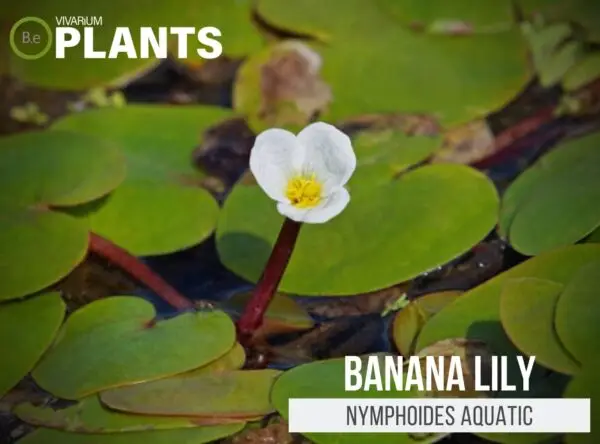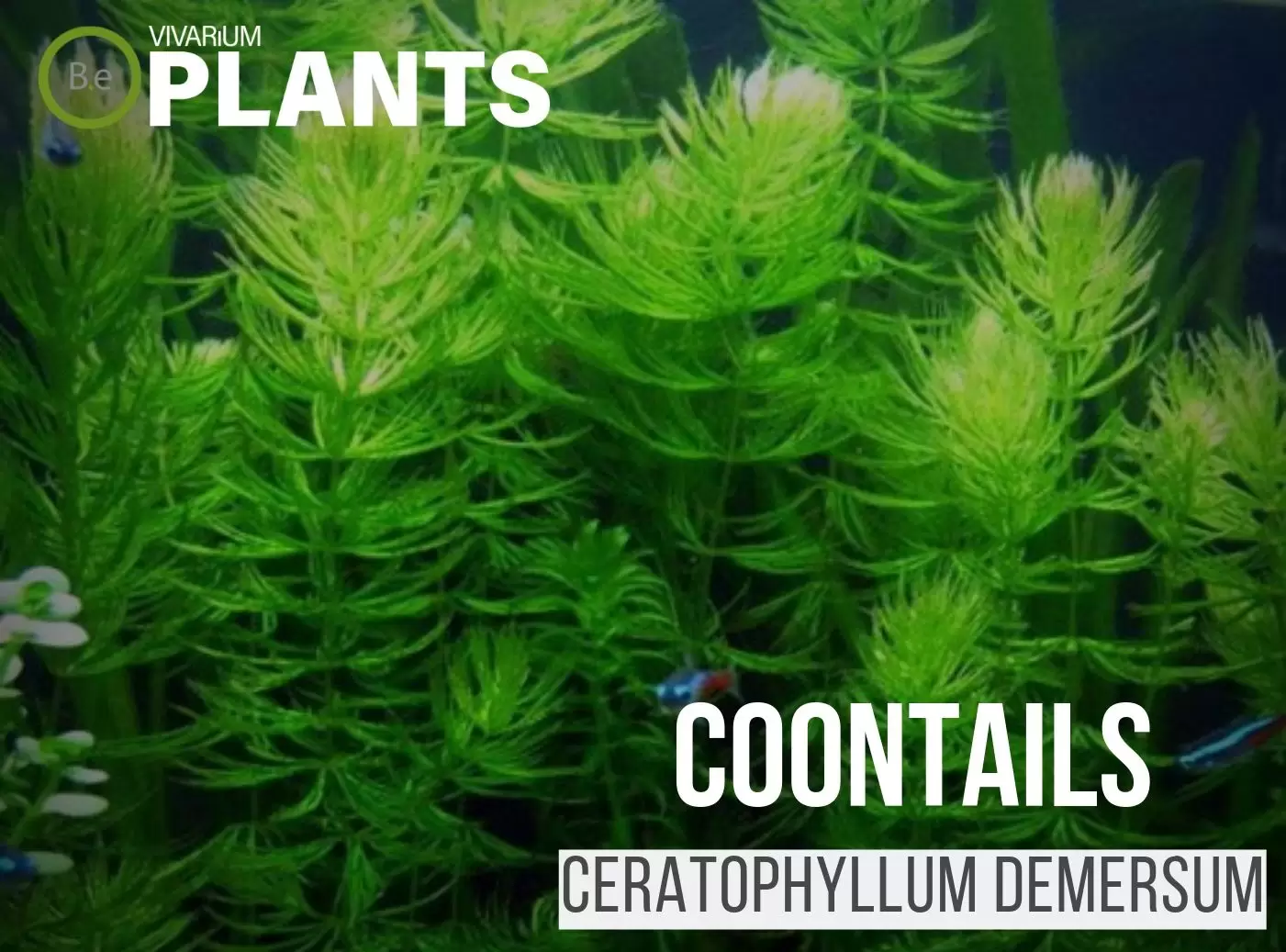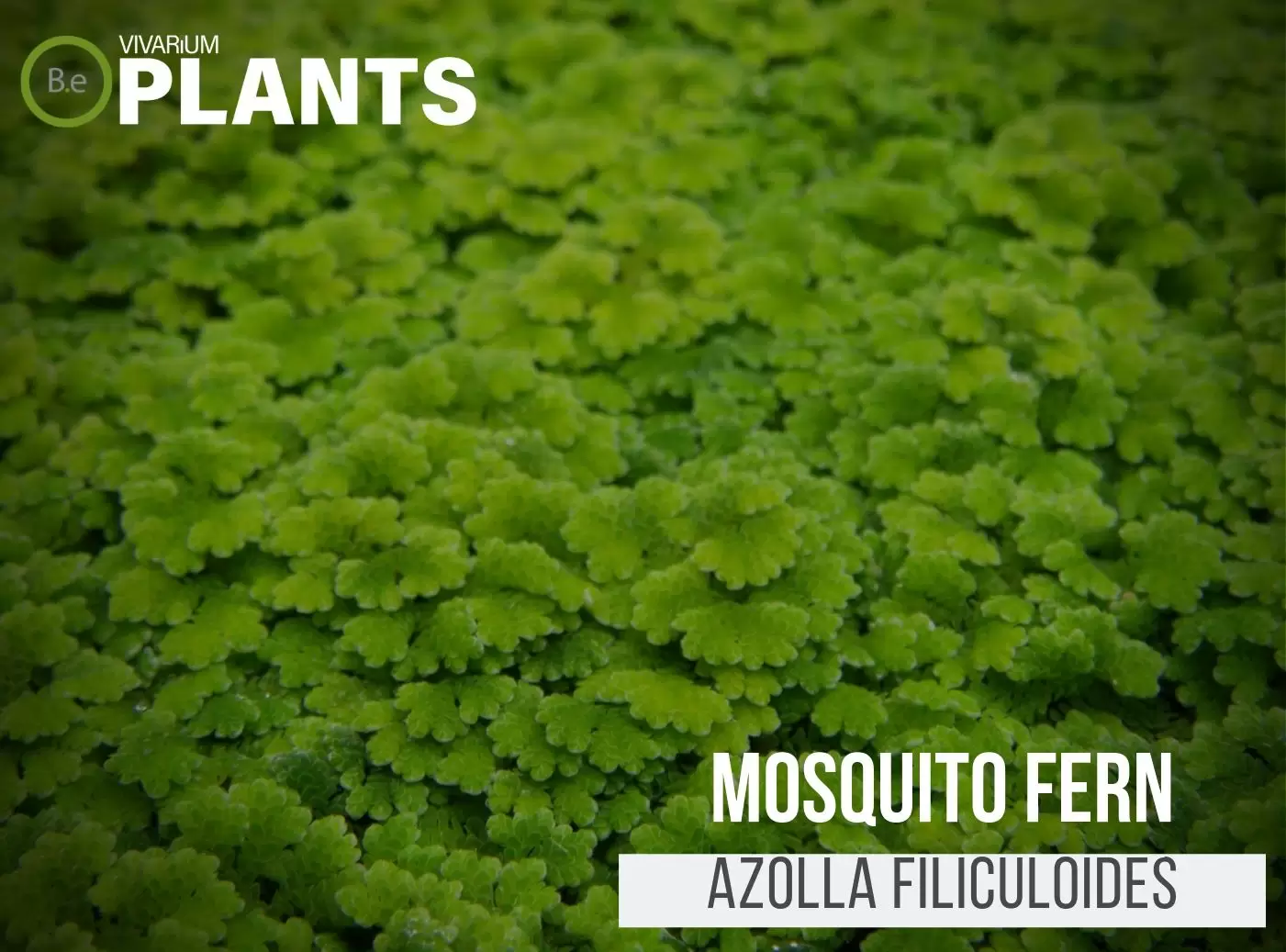Welcome to an informative article about the unique and beautiful aquatic floating plant, the Banana Lily (Nymphoides aquatica).
This amazing plant has a unique appearance and is an easy-care addition to any aquarium.
This article will discuss the features and benefits of this floating water lily, as well as tips for caring for it.
We’ll also explore some interesting facts about this versatile plant and the environment in which it thrives.
So if you’re looking to add a touch of beauty to your aquarium, the Banana Lily could be just the plant for you.
Table Of Contents:
ToggleWhat Is A Banana Lily?
The Banana lily is an aquatic plant that has leaves that will typically rise to a shallow water’s surface to float. It is native to parts of North America, Europe, and Asia.
It features several attractive characteristics, such as the bulb-like yellow-orange flower that forms a tube shape and the stem which connects the leaves to the flowers.
The appearance of the banana lily is very distinctive, making it a popular choice for aquarists.


Banana Lily Facts
The Banana lily is a unique species as it is able to survive in both terrestrial and aquatic environments.
Its reproductive method is also quite interesting, as the plant grows leaf-like structures in the water called Lily pads, where the flowers and fruits eventually form.
This species is great for hobbyists who prefer species that can adapt to both freshwater and brackish water habitats.
Description
Banana lily grows anywhere from 2 inches to 12 inches in height, depending on the environment it is placed in. The leaves of this species are long and oval-shaped, with a waxy texture and a serrated characteristic.
The flowers of this plant can range from yellow to orange in color. The roots of the banana lily are delicate and should be handled with extra caution when transferring the plant.
Habitat
Nymphoides aquatica is native to wetlands, marshes, and sunny areas of rivers, lakes, and ponds. The species will thrive in low to moderate water flows and is preferred over shallow still water.
The optimal temperature for the plant ranges from 60°F to 80°F.
pH Preference
Banana lily requires more neutral pH values, closer to 7.5. It is important to not expose the plant to extreme pH levels since it is not suited for hard/alkaline water and prefers a slightly acidic pH.
Doing water changes every 1 to 2 weeks to keep the right pH balance will help ensure the survival of the banana lily.
Vivarium Type
The Banana Lily is a versatile plant that can thrive in many different types of vivariums.
In freshwater aquariums, the Banana Lily provides a unique floating decoration that adds color and movement to the tank.
In paludariums, the Banana Lily adds a touch of color to the water section while also providing shade and shelter for underwater inhabitants.
In ripariums, the Banana Lily adds a layer of foliage to the water’s edge and is an interesting addition to the tank.
Lastly, in closed terrariums, the Banana Lily can give a natural look to the tank as it floats in the water. Overall, the Banana Lily is a great addition to any type of vivarium.
Vivarium Placement
The banana lily is generally found located near the edges of rivers, ponds, and marshes.
For a vivarium, this species should preferably be placed in the foreground or sides of the vivarium, with the rest of the tank having some type of dark substrate or background.
This plant will naturally provide plenty of depth to a vivarium and will work as an admirable decorative addition.
Substrate
In its natural environment, banana lily is usually rooted in aquatic soil or gravel. The substrate should be light and sturdy enough to hold up the stems and leaves, yet allow for adequate water drainage.
The banana lily’s roots should be burrowed beneath the substrate, and not fully exposed.
Lighting
Providing banana lilies with the right type of aquatic lighting is essential. The plant is best suited for full-spectrum LED lighting and should receive 8 to 12 hours of light every day.
Allowing sunlight to pass through the tank is always recommended, as long as it is not intense and direct.
Buy A Banana Lily
When looking to purchase Banana lilies, there are a few key indicators you should look for. Buying the best quality plant will help give you the best shot at growing the aquatic floater successfully.
The plant should be snail free along with any other type of pest. The source of Nymphoides aquatica will usually be sold in small clumps, ready for you to propagate.
The batch should arrive fairly moist and with vivid colors. Try to stay away from sources that provide dried-out or dull-looking plants.
Click the image below to find out more about the current price and other relative info:
Banana Lily Care and Propagation
Banana lily typically propagates by seed and propagules, with the latter being the most popular and widely used method. Whenever propagules are produced, the growth of the Nymphoides aquatica is further increased.
As for caring, this species is fairly low maintenance and will require regular pruning of the older leaves to keep the growth vigorous.
How to grow
For optimal growth, the banana lily should be placed in still water and on a sandy substrate. A wide, shallow container with a minimal amount of substrate is a must, as the plant needs plenty of light and nutrients from the water.
The depth of the water should be between 6 to 12 inches and the temperature should be between 60°F and 80°F.
Water Requirements
The Banana Lily is an aquatic plant that does best in an environment with slow–moving water, although it can tolerate a little turbulence.
This plant needs to remain submerged in an aquatic vivarium at all times, as it cannot survive in an arid environment. It is important to ensure that the water is kept clean and well-oxygenated.
Plants Similar To Banana Lily
Even though some hobbyists enjoy sticking to a specific theme when building an enclosure, that does not mean that only one type of plant must be used. Adding diversity and versatility is crucial to creating a captivating vivarium.
Mix up the look of your vivarium with different flora that can easily co-exist in the same types of environment. Not only will it be more pleasing to the eye, but it will also make the tank look more realistic.
Furthermore, if for some reason you are having a hard time getting your hands on this plant… Here are some other aquatic options that may do well with or in the place of Nymphoides aquatica:
Conclusion
To summarize, the banana lily is a great choice of plant for a aquarium. It is a low-maintenance species that has plenty of decorative features, such as its long leaves and yellow-orange flowers.
This species is also quite suitable for a planted tank and is easy to propagate if it is placed in optimal conditions. With all that said, the Nymphoides aquatica is definitely a species worth considering for a vivarium.
Frequently Asked Questions
Banana lilies (Nymphoides aquatic) can grow up to 30 cm (12 inches) tall.
One way to plant a banana lily (Nymphoides aquatic) is to put the rhizome into the substrate of the aquarium at a depth of 1–2 inches. Cover the rhizome with the substrate, but don‘t bury it too deeply. You may also simply drop the plant in your tank, without actually burying it.
Banana lilies (Nymphoides aquatic) reproduce by producing small offshoots from the base of the plant or by dispersing seeds. They can also reproduce vegetatively through the production of new roots from existing stems and leaves.
Prune a Banana Lily (Nymphoides aquatic) by cutting off dead or damaged leaves and stems and discarding any that are past their peak flowering stage. Remove any old flower stems and deadhead (snip off) spent blooms. Trim back foliage that is blocking light and air circulation. Divide overcrowded plants and remove any that are stunted or not producing blooms.






